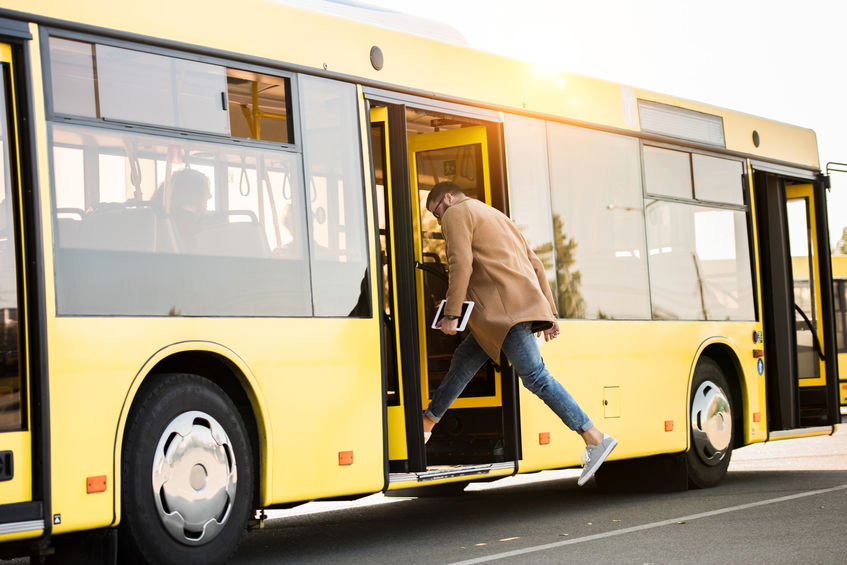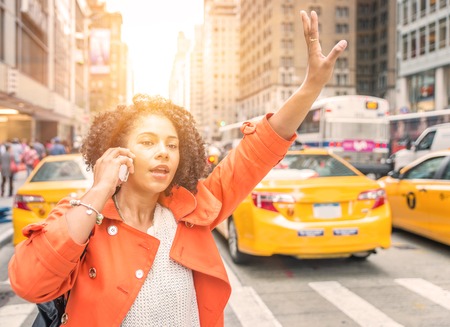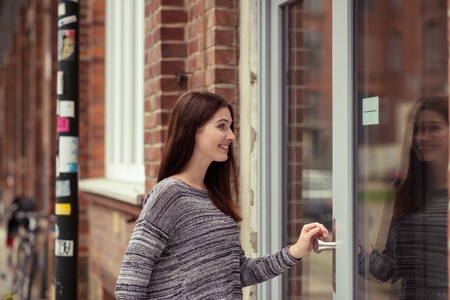Etiquette Tips for Public Transit

The various public transit systems of buses, trains, ferries, trolleys and trams make your commute or traveling around town more convenient. You may need to purchase a ticket or pass, but this is usually available to do online. Some municipalities provide free transit.
“Public” implies that any person is included in a particular area and any rules posted apply to all. For transit systems, this includes keeping pathways open and exiting only when the vehicle is stopped.
Posted rules generally apply to safety and times of operation, but can include specific instructions as well. As pointed out by a friend in Canada who takes a free bus to work every day: “The front three rows are reserved for senior citizens and those needing assistance.”
Public Transit Etiquette
But what about rules that aren’t posted and are left up to each person riding? This is the business of etiquette – the courtesy rules that apply but are left entirely up to the individual for compliance.
Entering or Exiting
- The cardinal rule is always to let those who are exiting go first.
- Never try to force your way on or off of transit.
Bags and Belongings
- Think about your “personal space” not only as the boundaries of your body, but as it is extended by handbags, tote bags, briefcases, and backpacks.
- Consider that you might not get a seat and will need to stand. Draw your belongings close by you so that others may pass easily when entering or exiting.
- Keep your arms and other appendages close in.
- Regardless of your awareness of the need for courtesy, always keep your personal belongings safely on your person or immediately nearby. When assisting someone else, don’t abandon your things.
Sound and Airwave Space
- Cell phones should be silenced and if you are texting while seated, know that your awareness of the possible needs of others will be limited.
- Passing the travel time by talking on the phone is offensive to others who don’t want to know what your mom is making your dad for lunch at home.
- Ear buds allow for music, but be aware that this convenience also makes you less available and aware of the needs of others.
- Keep conversation with a fellow rider or a stranger to a minimum.
- Chewing or popping gum can be very distracting. Best to avoid it altogether.
“A bus is a vehicle that runs twice as fast when you are after it as when you are in it.”
~ Anonymous
Avoiding Accidents
- Drinks are usually allowed if containers have a screw-on or pop-open lid, but refrain from drinking when you are standing. A water bottle in use can easily poke someone in the face or other part of the body.
- Cell phones can be knocked out of hands. Keep mobile devices in your bag or jacket.
- Always consider safety. If you are not able to sit, make sure you are standing in a secure position so that a sudden stop won’t send you flying.
- If you are unavoidably over-encumbered and have a bag or other item near you but unsecured, ensure that someone will not trip or fall because of that item.
Requests for Space
- A friendly response is always in order when you are asked:
“Could you please move over?”
“My uncle needs to sit down, may he have your seat?”
“Can you help me lift my bag on the rack?” (“Helping” may only require a slight assist.) - Your courteous answer to all such questions: “Of course. My pleasure.” Then do it to the best of your ability: “Of course, but my hand is recovering from a surgery, so I can only be a part of your lift.” No doubt someone else might lend a hand.
You may notice that nearly all the tips above refer to personal space within shared space. Shared space of public transportation requires diligence to be recognizably respectful of the entire group, and individuals, including drivers and staff who are riding along with you.
Respect for the public space itself is also required. “No trace left behind,” is a general cleanliness rule for anyone exiting public transport so that those boarding after you will enjoy the same comfortable ride.














